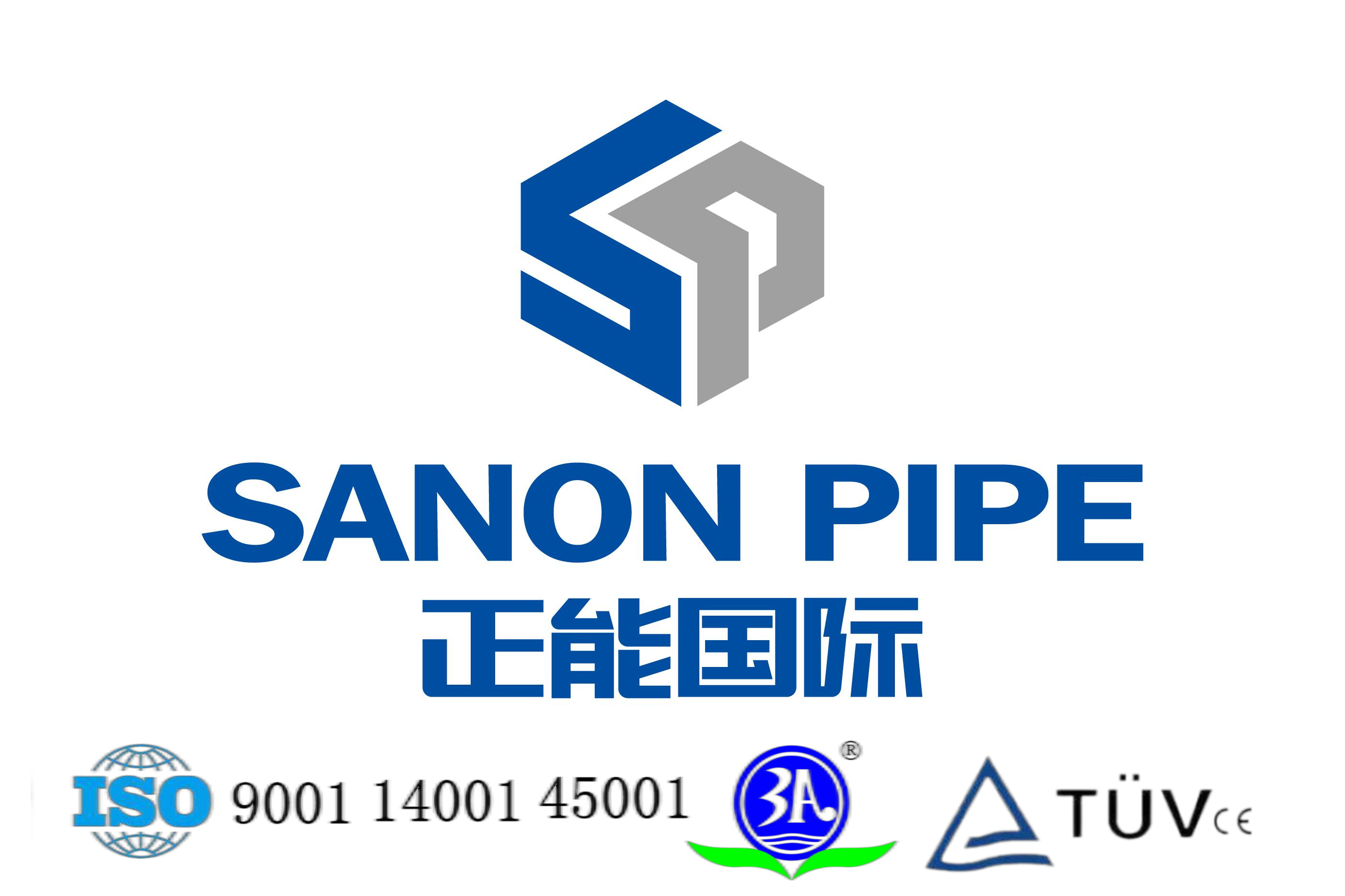The A335 standard (ASTM A335/ASME S-A335) is an international specification for ferritic alloy steel seamless steel pipes used in high temperature and high pressure environments. It is widely used in petrochemical, power (thermal/nuclear power), boiler and refining industries. The steel pipes under this standard have excellent high temperature strength, creep resistance and corrosion resistance, and are suitable for extreme working conditions.
Common materials and chemical composition of A335 standard
A335 materials are distinguished by "P" numbers, and different grades are suitable for different temperatures and corrosive environments:
| Grade | Main chemical components | Characteristics | Applicable temperature |
| A335 P5 | Cr 4-6%, Mo 0.45-0.65% | Resistant to sulfur corrosion and creep at medium temperatures | ≤650°C |
| A335 P9 | Cr 8-10%, Mo 0.9-1.1% | It has high-temperature oxidation resistance and relatively high strength | ≤650°C |
| A335 P11 | Cr 1.0-1.5%, Mo 0.44-0.65% | Good weldability and medium-temperature strength | ≤550°C |
| A335 P12 | Cr 0.8-1.25%, Mo 0.44-0.65% | Similar to P11, an economical choice | ≤550°C |
| A335 P22 | Cr 2.0-2.5%, Mo 0.9-1.1% | Anti-hydrogen corrosion, commonly used in power station boilers | ≤600°C |
| A335 P91 | Cr 8-9.5%, Mo 0.85-1.05% | Ultra-high strength, preferred for supercritical units | ≤650°C |
| A335 P92 | P91 + W | Higher temperature resistance, suitable for ultra-supercritical units | ≤700°C |
Application scenarios of A335 steel pipes
1. Petrochemical industry
A335 P5/P9: catalytic cracking units in refineries, high-temperature sulfur-containing pipelines.
A335 P11/P12: heat exchangers, medium-temperature steam transmission pipelines.
2. Power industry (thermal power/nuclear power)
A335 P22: Main steam pipelines and headers of traditional thermal power plants.
A335 P91/P92: Supercritical/ultra-supercritical units, nuclear power high-pressure pipelines.
3. Boilers and pressure vessels
A335 P91: High-temperature components of modern high-efficiency boilers.
A335 P92: High-temperature resistant pipelines for higher-parameter boilers.
How to choose the right A335 material? Temperature requirements:
Temperature requirements:
≤550°C: P11/P12
≤650°C: P5/P9/P22/P91
≤700°C: P92
Corrosive environment:
Sulfur-containing medium → P5/P9
Hydrogen corrosive environment → P22/P91
Cost and strength:
Economical choice → P11/P12
High strength requirements → P91/P92
International equivalent standards for A335 steel pipes
| A335 | (EN) | (JIS) |
| P11 | 13CrMo4-5 | STPA23 |
| P22 | 10CrMo9-10 | STPA24 |
| P91 | X10CrMoVNb9-1 | STPA26 |
FAQ
Q1: What is the difference between A335 P91 and P22?
P91: Higher chromium and molybdenum content, stronger creep resistance, suitable for supercritical units.
P22: Lower cost, suitable for traditional power plant boilers.
Q2: Does A335 steel pipe need heat treatment?
Normalizing + tempering treatment is required, and P91/P92 also requires strict control of cooling rate.
Q3: Is A335 P92 better than P91?
P92 has higher temperature resistance (≤700°C) due to the presence of tungsten (W), but the cost is also higher.
A335 standard alloy seamless steel pipe is a key material under high temperature and high pressure conditions. Different materials (such as P5, P9, P11, P22, P91, P92) are suitable for different scenarios. When selecting, it is necessary to comprehensively consider temperature, corrosiveness, strength and cost factors, and refer to international equivalent standards (such as EN, JIS).
Post time: Jun-06-2025





